1441906142
A Course in Mathematical Logic for Mathematicians, Second Edition
Preface to the Second Edition
Preface to the First Edition
Contents
Introduction to Formal Languages
1 General Information
2 First-Order Languages
3 Beginners’ Course in Translation
1 Introduction to Formal Languages
2 Truth and Deducibility
1 Unique Reading Lemma
2 Interpretation: Truth, Definability
3 Syntactic Properties of Truth
4 Deducibility
5 Tautologies and Boolean Algebras
6 Godel’s Completeness Theorem
7 Countable Models and Skolem’s Paradox
8 Language Extensions
9 Undefinability of Truth: The Language SELF
10 Smullyan’s Language of Arithmetic
11 Undefinability of Truth: Tarski’s Theorem
12 Quantum Logic
3 The Continuum Problem and Forcing
1 The Problem: Results, Ideas
2 A Language of Real Analysis
3 The Continuum Hypothesis Is Not Deducible in L2 Real
4 Boolean-Valued Universes
5 The Axiom of Extensionality Is “True”
6 The Axioms of Pairing, Union, Power Set, and Regularity Are “True”
7 The Axioms of Infinity, Replacement, and Choice Are “True”
8 The Continuum Hypothesis Is “False” for Suitable B
9 Forcing
4 The Continuum Problem and Constructible Sets
1 Gödel’s Constructible Universe
2 Definability and Absoluteness
3 The Constructible Universe as a Model for Set Theory
4 The Generalized Continuum Hypothesis Is L-True
5 Constructibility Formula
6 Remarks on Formalization
7 What Is the Cardinality of the Continuum?
5 Recursive Functions and Church’s Thesis
1 Introduction. Intuitive Computability
2 Partial Recursive Functions
3 Basic Examples of Recursiveness
4 Enumerable and Decidable Sets
5 Elements of Recursive Geometry
6 Diophantine Sets and Algorithmic Undecidability
1 The Basic Result
2 Plan of Proof
3 Enumerable Sets Are D-Sets
4 The Reduction
5 Construction of a Special Diophantine Set
6 The Graph of the Exponential Is Diophantine
7 The Factorial and Binomial Coefficient Graphs Are Diophantine
8 Versal Families
9 Kolmogorov Complexity
7 Gödel’s Incompleteness Theorem
1 Arithmetic of Syntax
2 Incompleteness Principles
3 Nonenumerability of True Formulas
4 Syntactic Analysis
5 Enumerability of Deducible Formulas
6 The Arithmetical Hierarchy
7 Productivity of Arithmetical Truth
8 On the Length of Proofs
8 Recursive Groups
1 Basic Result and Its Corollaries
2 Free Products and HNN-Extensions
3 Embeddings in Groups with Two Generators
4 Benign Subgroups
5 Bounded Systems of Generators
6 End of the Proof
9 Constructive Universe and Computation
1 Introduction: A Categorical View of Computation
2 Expanding Constructive Universe: Generalities
3 Expanding Constructive Universe: Morphisms
4 Operads and PROPs
5 The World of Graphs as a Topological Language
6 Models of Computation and Complexity
7 Basics of Quantum Computation I: Quantum Entanglement
8 Selected Quantum Subroutines
9 Shor’s Factoring Algorithm
10 Kolmogorov Complexity and Growth of Recursive Functions
10 Model Theory
1 Languages and Structures
2 The Compactness Theorem
3 Basic Methods and Constructions
4 Completeness and Quantifier Elimination in Some Theories
5 Classification Theory
6 Geometric Stability Theory
7 Other Languages and Nonelementary Model Theory
Suggestions for Further Reading
I.–II. Introduction to Formal Languages. Truth and Deducibility
III.–IV. The Continuum Problem and Forcing. The Continuum Problem and Construcitble set
V. Recursive Functions and Church’s Thesis
VI. Diophantine Sets and Algorithmic Undecidability
VII. G¨odel’s Incompleteness Theorem
VIII. Recursive Groups
IX. Constructive Universe and Computation
X. Model Theory
Index
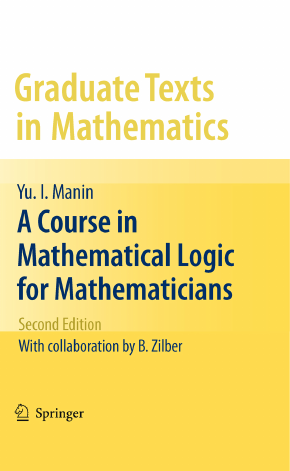
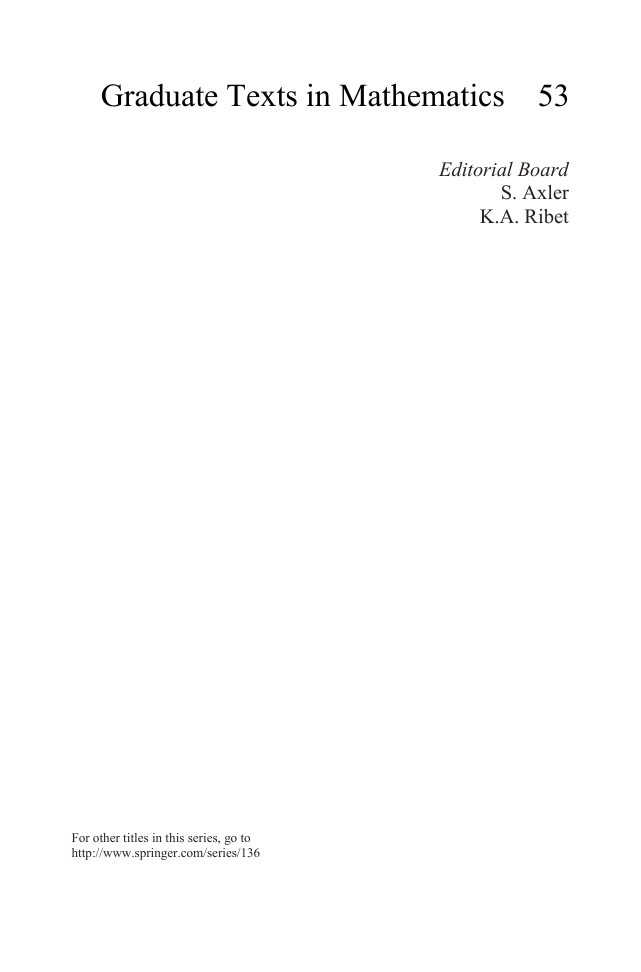
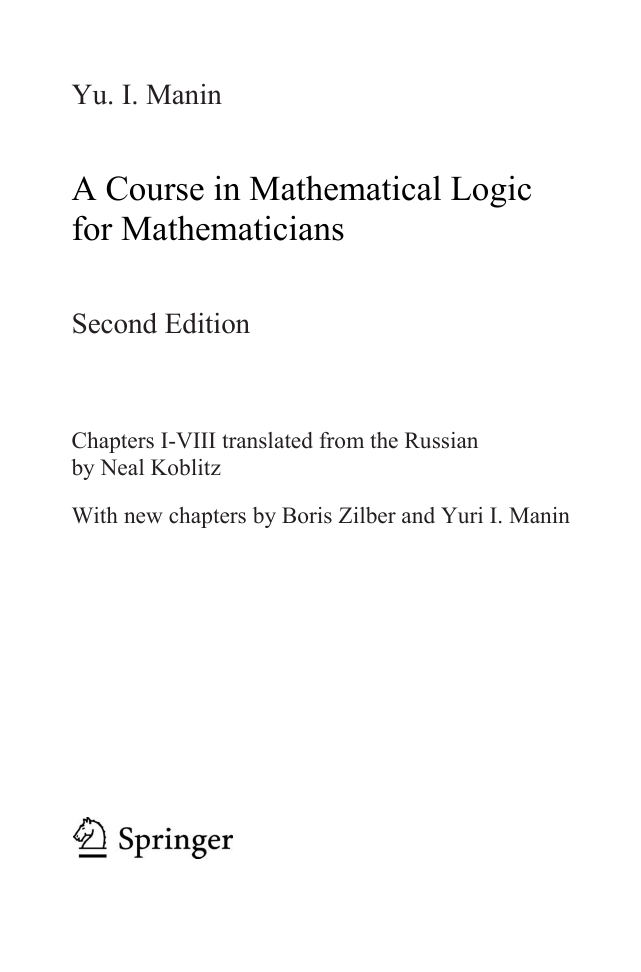
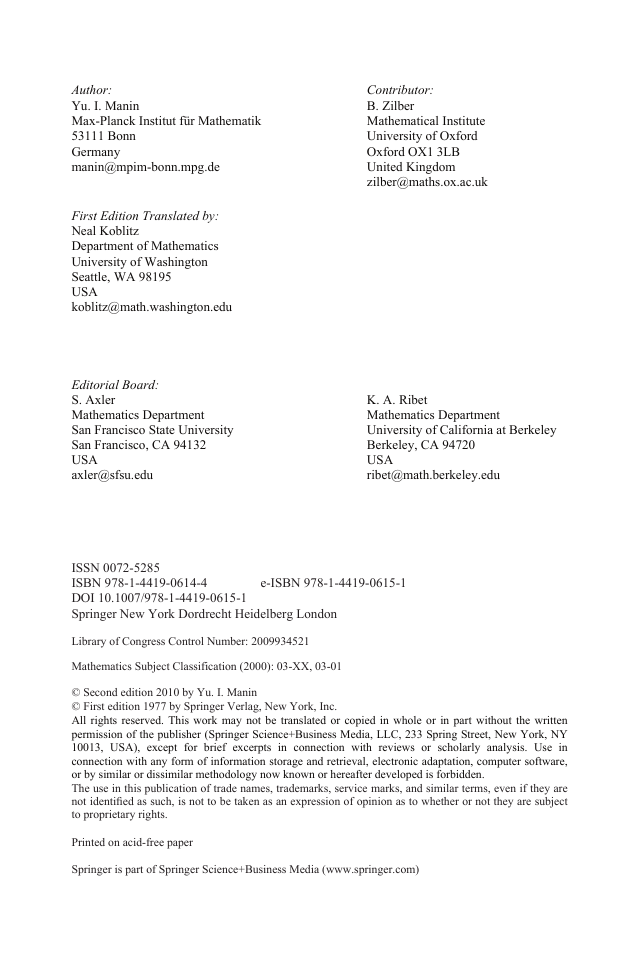
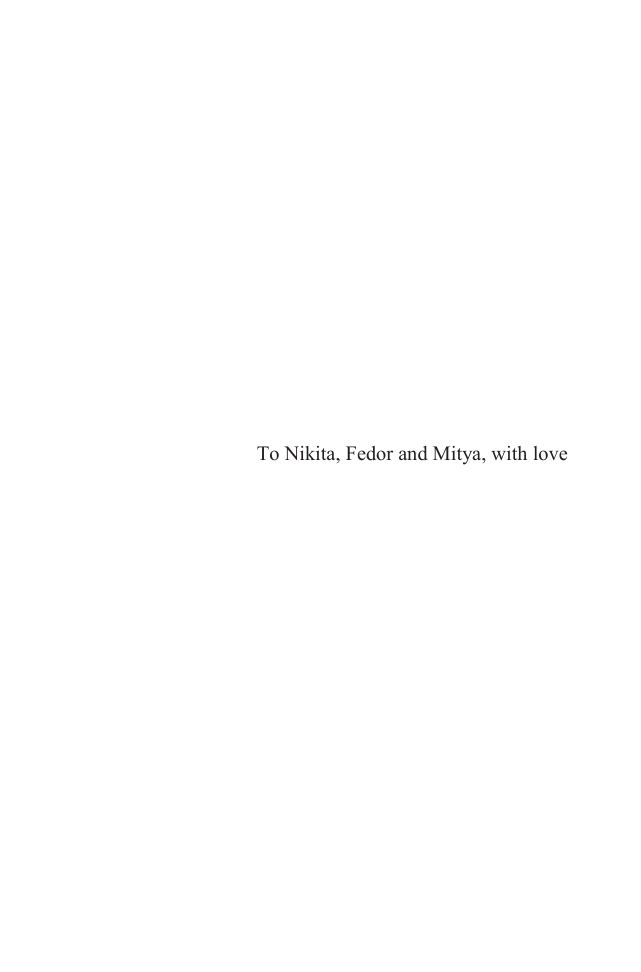

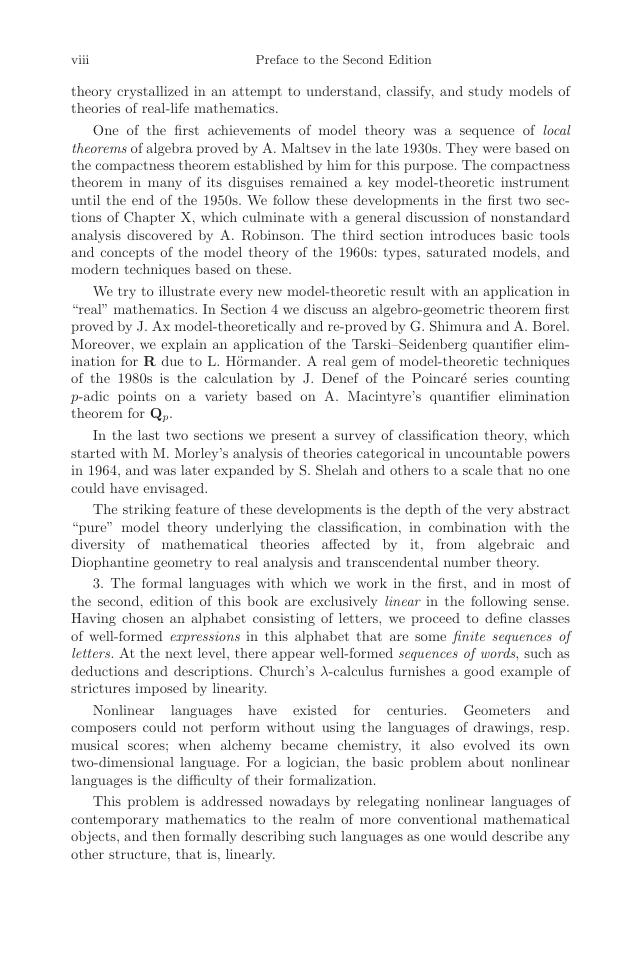
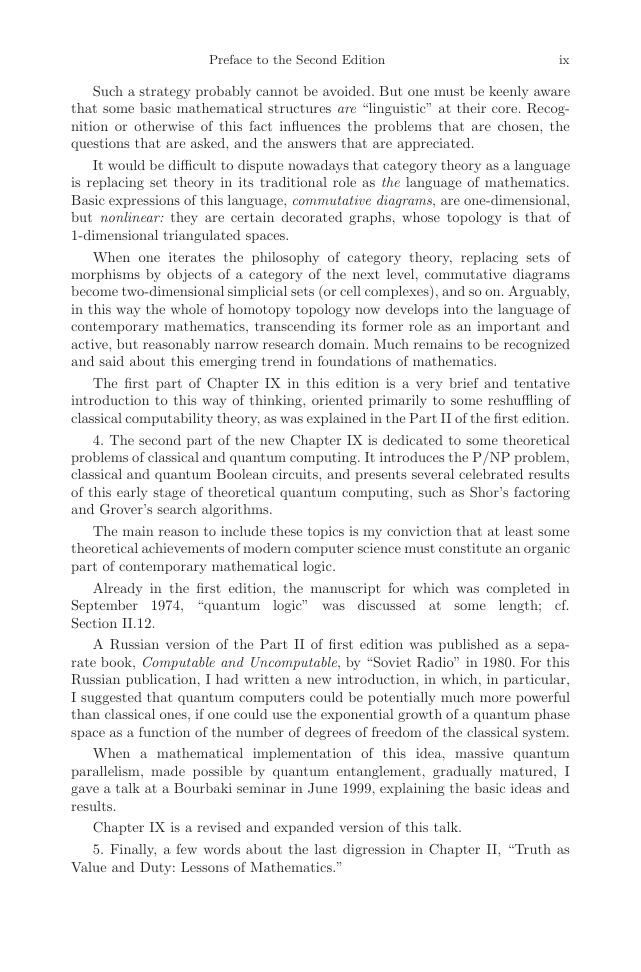








 2023年江西萍乡中考道德与法治真题及答案.doc
2023年江西萍乡中考道德与法治真题及答案.doc 2012年重庆南川中考生物真题及答案.doc
2012年重庆南川中考生物真题及答案.doc 2013年江西师范大学地理学综合及文艺理论基础考研真题.doc
2013年江西师范大学地理学综合及文艺理论基础考研真题.doc 2020年四川甘孜小升初语文真题及答案I卷.doc
2020年四川甘孜小升初语文真题及答案I卷.doc 2020年注册岩土工程师专业基础考试真题及答案.doc
2020年注册岩土工程师专业基础考试真题及答案.doc 2023-2024学年福建省厦门市九年级上学期数学月考试题及答案.doc
2023-2024学年福建省厦门市九年级上学期数学月考试题及答案.doc 2021-2022学年辽宁省沈阳市大东区九年级上学期语文期末试题及答案.doc
2021-2022学年辽宁省沈阳市大东区九年级上学期语文期末试题及答案.doc 2022-2023学年北京东城区初三第一学期物理期末试卷及答案.doc
2022-2023学年北京东城区初三第一学期物理期末试卷及答案.doc 2018上半年江西教师资格初中地理学科知识与教学能力真题及答案.doc
2018上半年江西教师资格初中地理学科知识与教学能力真题及答案.doc 2012年河北国家公务员申论考试真题及答案-省级.doc
2012年河北国家公务员申论考试真题及答案-省级.doc 2020-2021学年江苏省扬州市江都区邵樊片九年级上学期数学第一次质量检测试题及答案.doc
2020-2021学年江苏省扬州市江都区邵樊片九年级上学期数学第一次质量检测试题及答案.doc 2022下半年黑龙江教师资格证中学综合素质真题及答案.doc
2022下半年黑龙江教师资格证中学综合素质真题及答案.doc